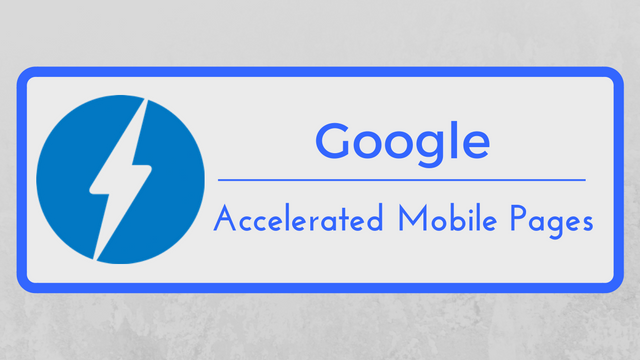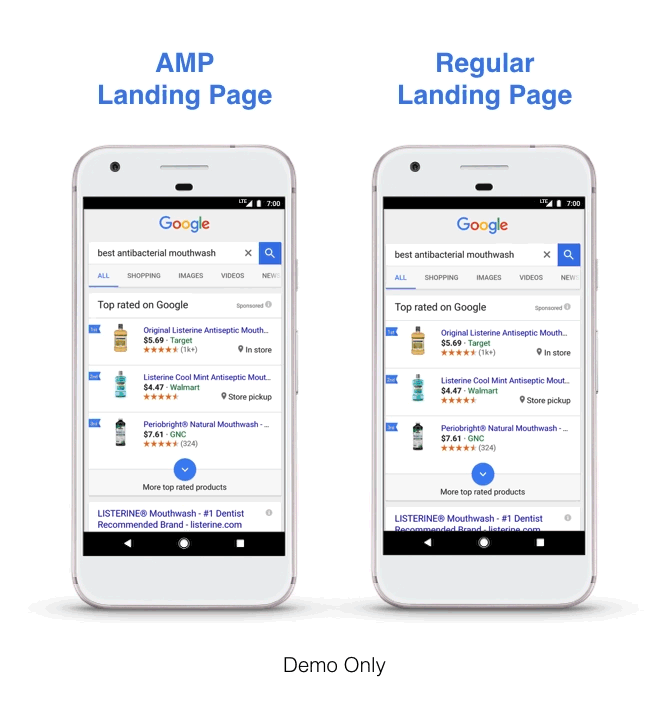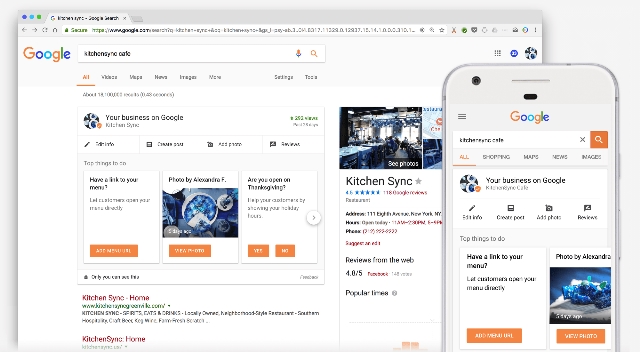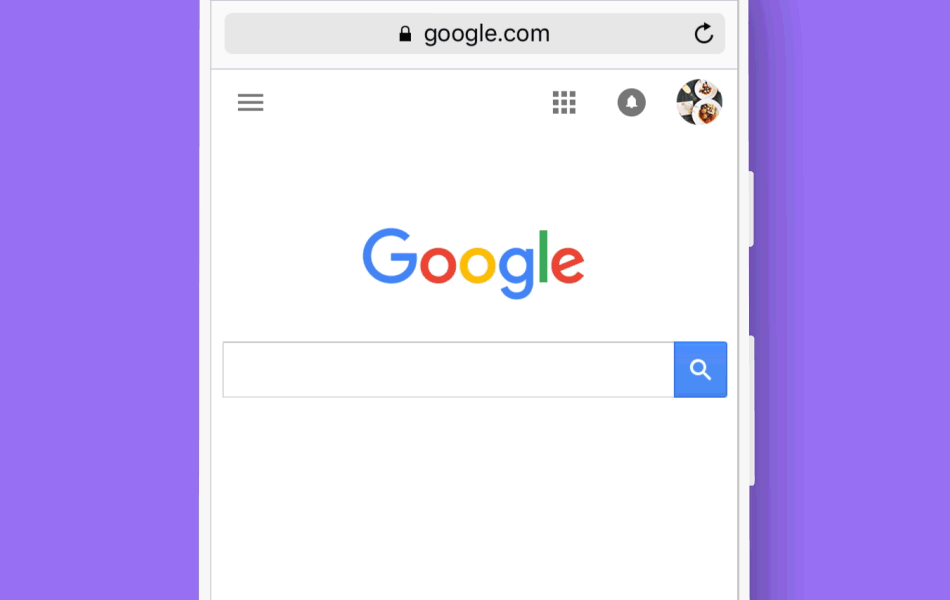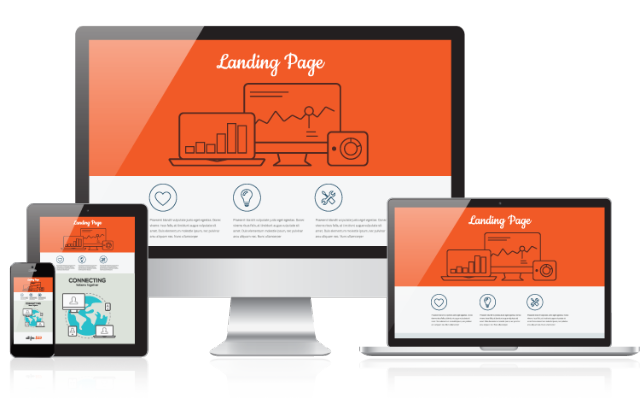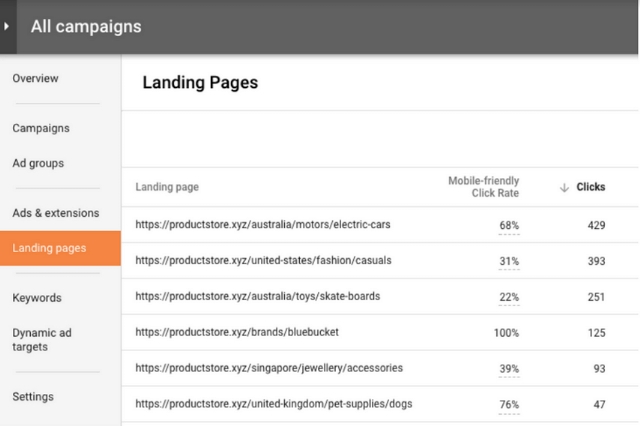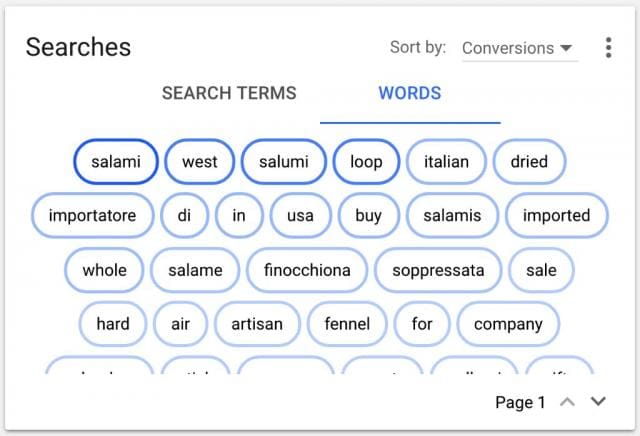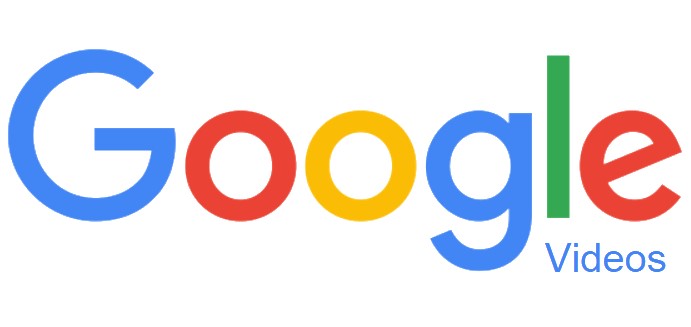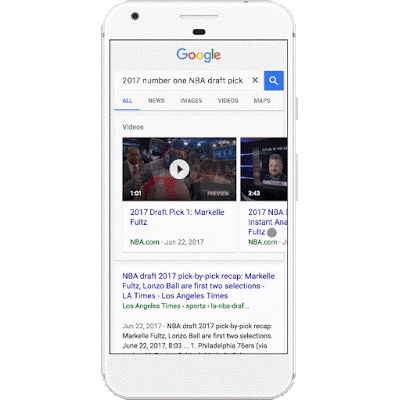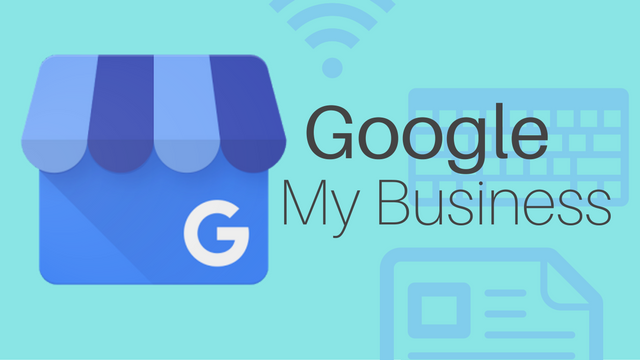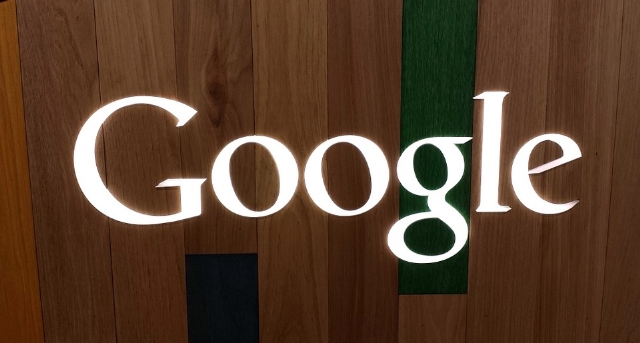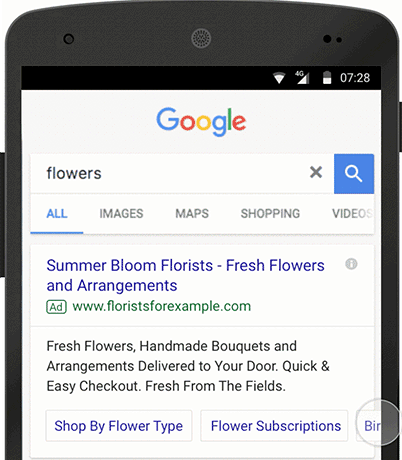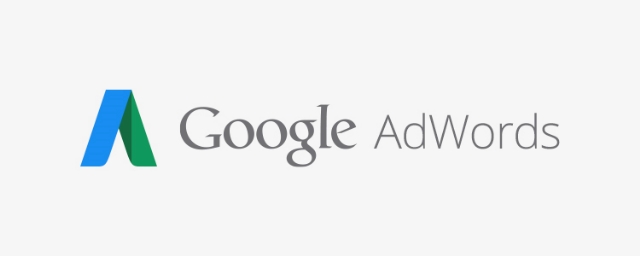
AdWords has made a pretty massive change to the way daily ad budgets can be spent, and it could wreak havoc on advertisers’ ability to manage their budgets.
Google has always allowed campaigns to spend up to 20% over their daily budget. The idea is to provide flexibility so that you can take advantage of days where your ad performs best and minimalize waste when your ad isn’t doing well.
By the end of the month, this variance evens out so that you meet your monthly budget.
Now, AdWords has massively raised the daily overspend cap. Campaigns can now spend up to double their average daily budget.
To help you hit your advertising goals, your campaigns can now spend up to twice your average daily budget. https://t.co/TUO08wXnl3
— Google Ads (@GoogleAds) October 4, 2017
The change doesn’t directly affect your monthly budget, and Google says you will still never be charged more than your monthly budget. In the long run, it may prove to actually be a great way to ensure advertisers reach their goals more consistently. However, it also raises a number of big questions about how ad budgets are managed.
The biggest problem how the increase could affect ad visibility. If an add sees a few days that draw in significant budget overspend early in the month, they could realistically run through their ad budget early in the month. That means ads could disappear unless you increase your budget.
The response has been overwhelmingly negative, with most of the criticism focusing on the fast roll-out and lack of opt-out. The change was applied overnight to all AdWords accounts, and advertisers cannot revert back to the earlier limit.
Like most changes on Google, we will just have to wait for time to tell whether this is a big mistake or an uncomfortable improvement.


